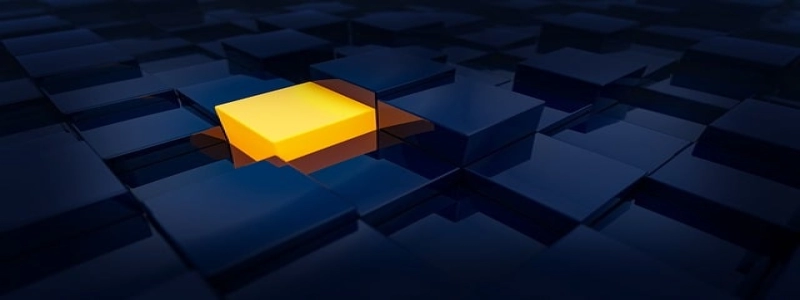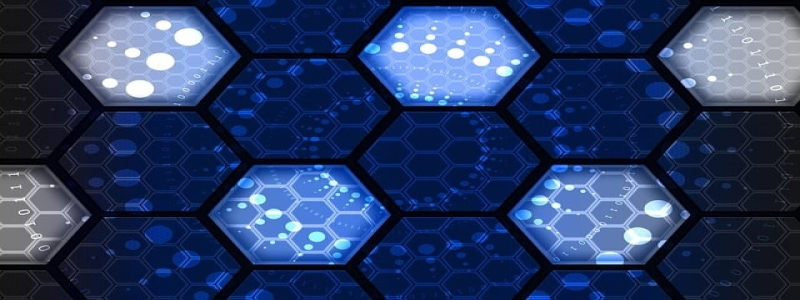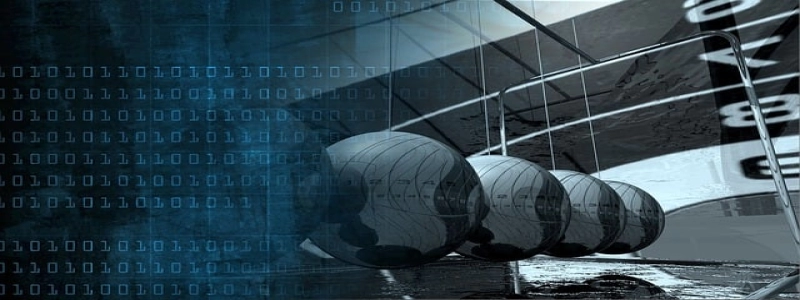What Are Fiber Optic Cables Made Of?
Einführung:
Fiber optic cables are widely used in telecommunications and networking industries for high-speed data transmission. But have you ever wondered what exactly these remarkable cables are made of? In diesem Artikel, we will delve into the composition of fiber optic cables and explore the materials that make them so efficient in transmitting data.
ICH. Core Material:
The core of a fiber optic cable is the central part through which light travels. It is typically made of either glass or plastic. Glass fibers, which are the most common, are made by heating silica sand and then stretching it into thin fibers. These glass fibers have an incredibly high melting point and can withstand high temperatures, making them ideal for long-distance transmission. On the other hand, plastic fibers are cheaper to manufacture and more flexible, making them suitable for short-distance applications such as home networks.
II. Cladding:
The core of a fiber optic cable is surrounded by a layer called cladding. Cladding helps to keep the light confined within the core by using a material that has a lower refractive index than the core. This phenomenon is known as total internal reflection. The most commonly used material for cladding is glass or plastic. It provides insulation and protection for the core and allows for efficient transmission of light signals.
III. Coating:
To further protect the fiber optic cable, a coating is applied to the cladding. The coating is usually made of a polymer material such as polyethylene or PVC. This thin layer acts as a barrier against moisture, chemicals, and physical damage. Additionally, the coating provides mechanical strength and flexibility to the cable, making it easier to install and handle during deployment.
IV. Strength Members:
Fiber optic cables are often subjected to tension and stress, especially during installation and maintenance. To reinforce the cable and ensure its durability, strength members are incorporated. These strength members are typically made of aramid yarn, fiberglass, or steel. They act as a backbone, providing the necessary support to withstand the pulling forces and prevent the cable from breaking or stretching.
V. Outer Jacket:
The outermost layer of a fiber optic cable is called the jacket or sheath. It provides an extra layer of protection against environmental factors such as moisture, UV radiation, and temperature fluctuations. Jackets are commonly made of materials like polyvinyl chloride (PVC) or polyethylene (PE), which offer superior resistance to abrasion and mechanical stress.
Abschluss:
Fiber optic cables are complex structures comprised of multiple layers and materials. The core, cladding, coating, strength members, and outer jacket all play key roles in ensuring the efficient transmission of light signals. Understanding the composition of fiber optic cables is crucial to appreciate their remarkable ability to transmit data over long distances at incredible speeds.








